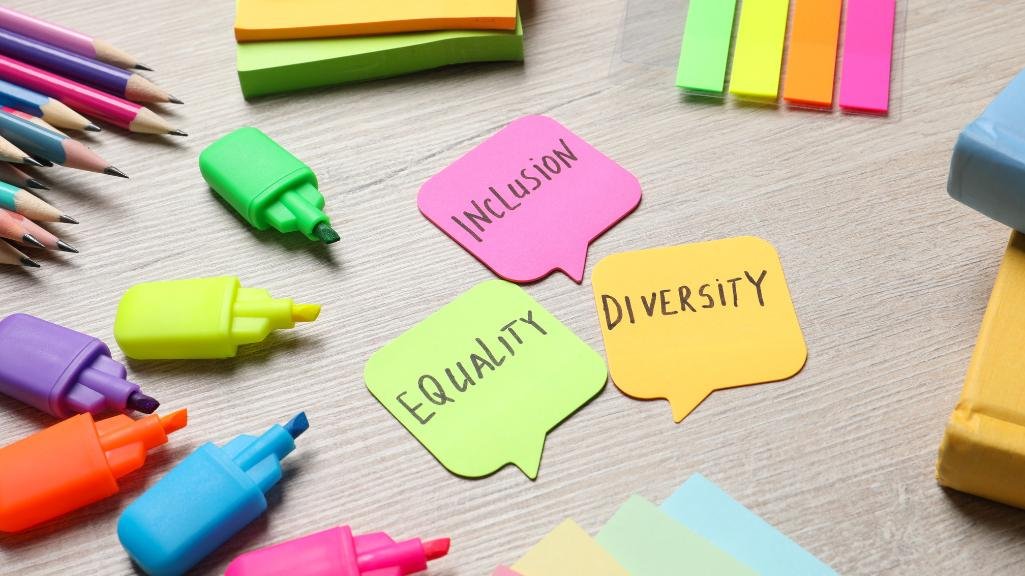Gender Equality in the Workplace: Breaking Barriers and Empowering Change
Poonam Junjunwala
. 2 min read
Gender equality in the workplace has been a topic of discussion and activism for decades. Despite significant progress, there remain substantial barriers that hinder the full realization of gender equality. Women continue to face various challenges, including pay disparities, underrepresentation in leadership positions, and biased hiring practices. However, through collective efforts and a commitment to change, individuals and organizations can break down these barriers and foster an inclusive work environment where everyone can thrive. Embracing innovative approaches like online chat for promoting open dialogue and understanding can further enhance collaboration and gender equality efforts in the modern workplace.

Gender Equality Efforts in the Modern Workplace
The Current State of Gender Equality in the Workplace:
The article should begin by providing an overview of the current state of gender equality in the workplace. It could include statistics on the gender wage gap, the percentage of women in executive roles, and other relevant data to highlight the existing disparities. Additionally, it should explore the impact of these imbalances on individual careers and the broader economy.
Identifying and Understanding Barriers:
This section delves into the various barriers that contribute to gender inequality in the workplace. Topics could include implicit biases in hiring and promotion decisions, lack of access to mentorship opportunities, and the challenges women face in balancing career and family responsibilities. Providing real-life examples and case studies can help illustrate these barriers and make the issue more tangible to readers.
Corporate Initiatives for Gender Equality:
Highlighting the efforts made by progressive organizations to promote gender equality is essential. This section can showcase successful initiatives, such as gender-neutral recruitment practices, pay equity measures, and support for work-life balance. By sharing best practices, other companies can learn from these examples and implement similar strategies.
The Role of Men as Allies:
Addressing gender equality requires the active involvement of all genders. This part of the article should emphasize the importance of male allies in breaking down barriers. It can explore how men can support their female colleagues, challenge gender stereotypes, and actively promote an inclusive workplace culture.
Overcoming Cultural and Societal Norms:
Cultural and societal norms often perpetuate gender stereotypes and reinforce inequality. This section should discuss the impact of these norms on workplace dynamics and explore strategies to challenge and change them. It could also include examples of cultures and societies where traditional gender roles have been successfully challenged to promote equality.
The Empowerment of Women Through Leadership Development:
Empowering women to take on leadership roles is crucial for advancing gender equality. This section should discuss the importance of leadership development programs tailored to women's needs, including mentorship, coaching, and training opportunities. Highlighting success stories of women who have broken barriers to reach leadership positions can be inspiring for readers.
The Business Case for Gender Equality:
To solidify the importance of gender equality, this section should explore the compelling business case for diverse and inclusive workplaces. Research has shown that diverse teams lead to greater innovation, increased productivity, and improved decision-making. By embracing gender equality, companies can gain a competitive advantage in the modern business landscape.
Conclusion
The conclusion should summarize the key points of the article and emphasize the importance of breaking barriers and empowering change for achieving gender equality in the workplace. It should call for continued efforts from individuals, organizations, and policymakers to create an inclusive and equitable working environment for all.

